Publication – From theoretical aspects to practical food Pickering emulsions: Formation, stabilization, and complexities linked to the use of colloidal food particles
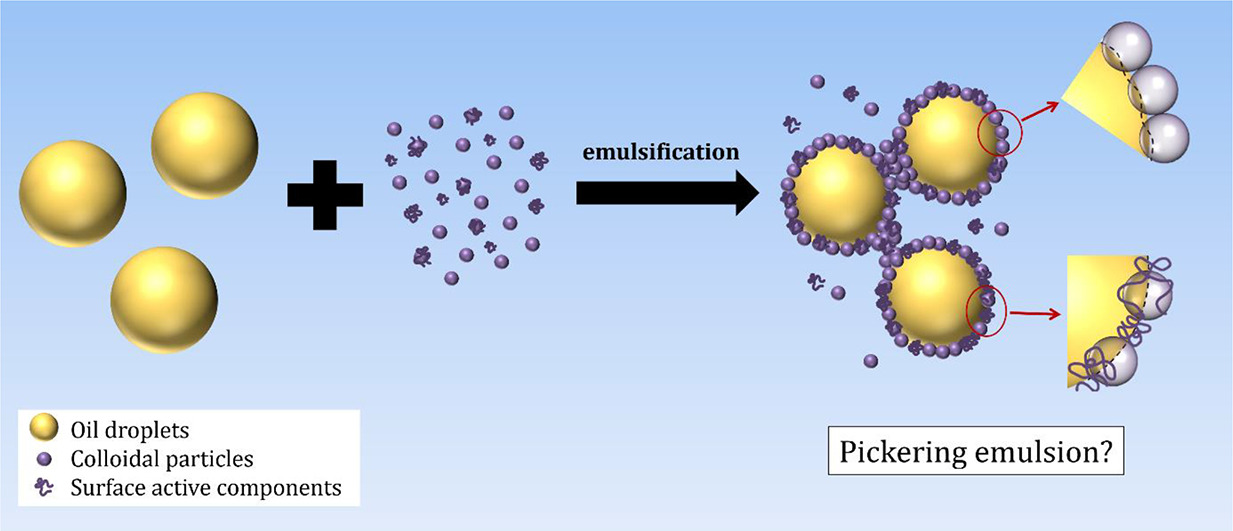 We noticed that in literature, the term Pickering emulsion (PE) is used as soon as ingredients contain particles, and in this review, we ask ourselves if that is done rightfully so. The basic behavior taking place in particle-stabilized emulsions leads to the conclusion that the desorption energy of particles is generally high making particles highly suited to physically stabilize emulsions. Exceptions are particles with extreme contact angles or systems with very low interfacial tension…
More information about the publication and longer abstract
We noticed that in literature, the term Pickering emulsion (PE) is used as soon as ingredients contain particles, and in this review, we ask ourselves if that is done rightfully so. The basic behavior taking place in particle-stabilized emulsions leads to the conclusion that the desorption energy of particles is generally high making particles highly suited to physically stabilize emulsions. Exceptions are particles with extreme contact angles or systems with very low interfacial tension…
More information about the publication and longer abstract
Publication – Understanding the Stability of Poorly Covered Pickering Emulsions Using on-Chip Microfluidics
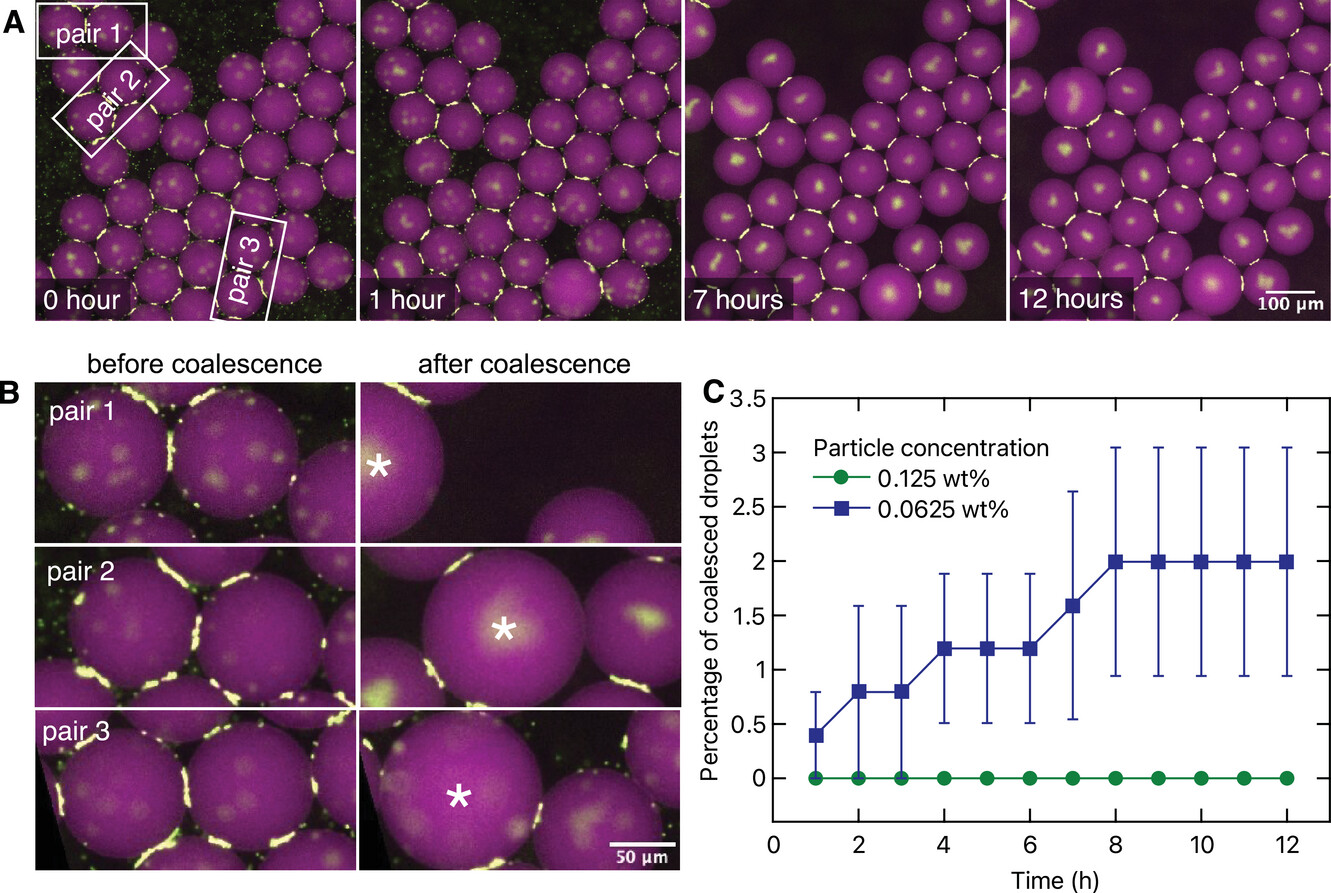 Particle-stabilized emulsions, also known as Pickering emulsions, have shown promise in areas that require long-term stability with minimum use of surfactants. While most work has focused on densely covered Pickering emulsions, such emulsions are known to retain stability even when the interfaces are sparsely covered with particles. Here, the formation, dynamics, and stability of poorly covered model Pickering emulsions are studied in a controlled manner by utilizing a microfluidic platform…
More information about the publication and longer abstract
Particle-stabilized emulsions, also known as Pickering emulsions, have shown promise in areas that require long-term stability with minimum use of surfactants. While most work has focused on densely covered Pickering emulsions, such emulsions are known to retain stability even when the interfaces are sparsely covered with particles. Here, the formation, dynamics, and stability of poorly covered model Pickering emulsions are studied in a controlled manner by utilizing a microfluidic platform…
More information about the publication and longer abstract
Publication – Encapsulation of Ibuprofen by Pickering-Stabilized Antibubbles
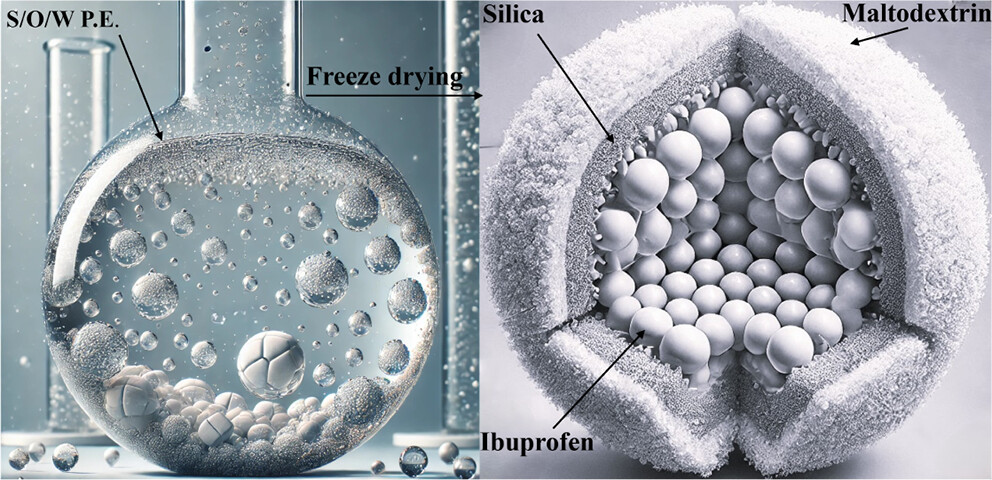 Ibuprofen, one of the most widely used nonsteroidal anti-inflammatory drugs, is a poor-tasting and poorly soluble drug. As an alternative approach to overcome these issues, ibuprofen was encapsulated in Pickering antibubbles using two different oils, cyclomethicone and cyclooctane, as processing aids…
More information about the publication and longer abstract
Ibuprofen, one of the most widely used nonsteroidal anti-inflammatory drugs, is a poor-tasting and poorly soluble drug. As an alternative approach to overcome these issues, ibuprofen was encapsulated in Pickering antibubbles using two different oils, cyclomethicone and cyclooctane, as processing aids…
More information about the publication and longer abstract
PICKFOOD partcipating in the European Colloid & Interface Society (ECIS) Conference in Copenhagen September 1-6, 2024
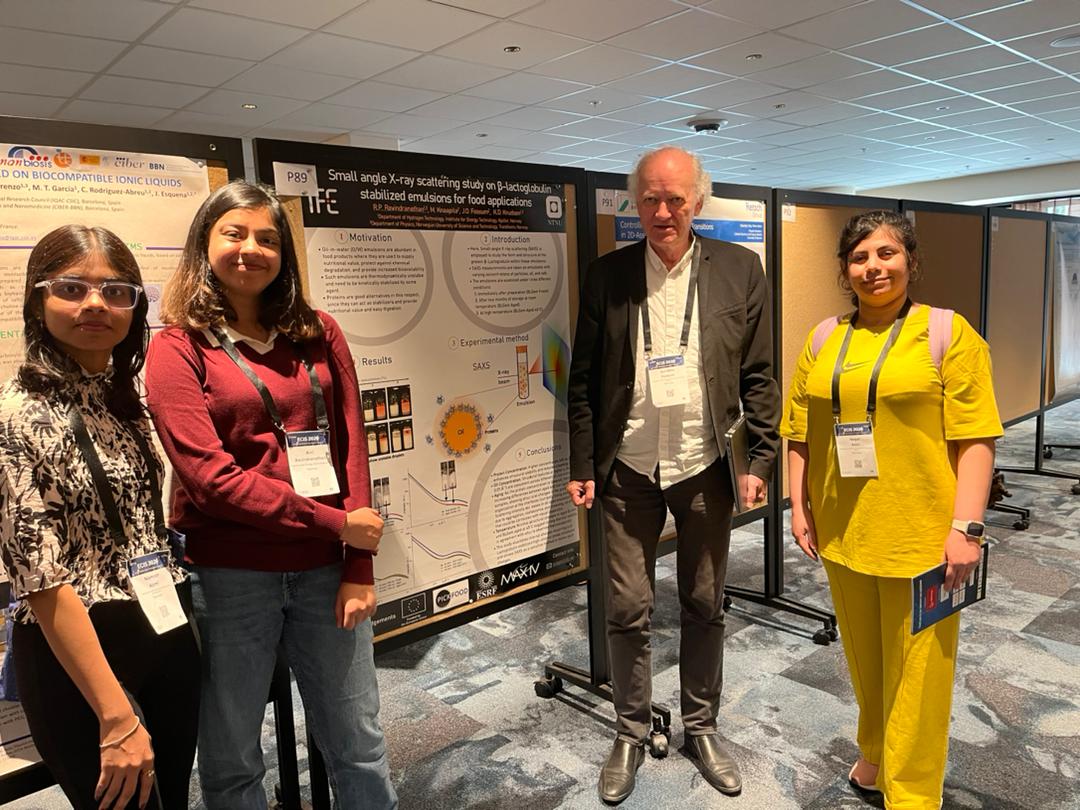 Namrah Azmi, Rini P. R., Jon Otto Fossum and Negar Azizi
Namrah Azmi, Rini P. R., Jon Otto Fossum and Negar Azizi
Publication – Transparency-changing elastomers by controlling of the refractive index of liquid inclusions
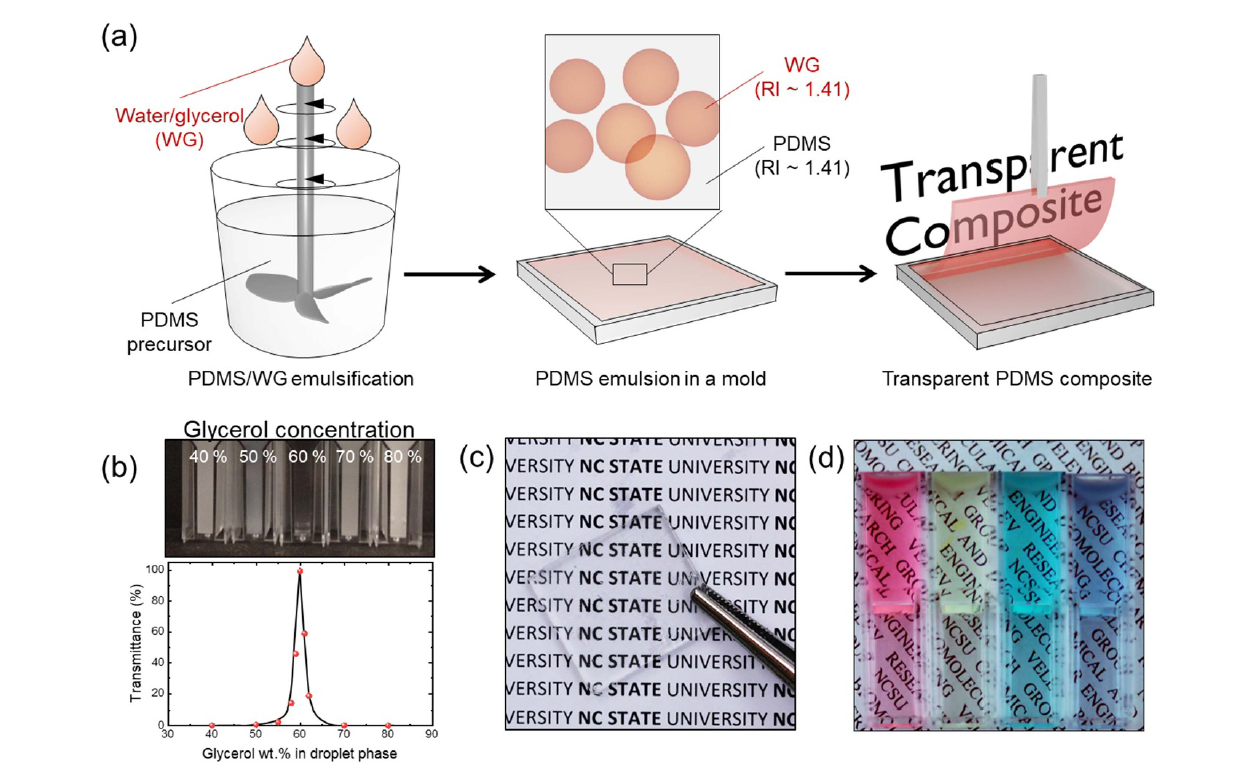
PhD candidate Xuefeng Shen attending three conferences
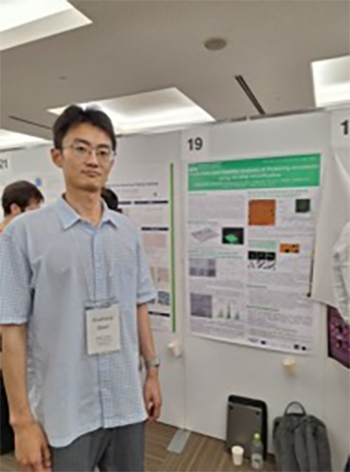
The 7th International Soft Matter Conference: 4th-8th September 2023, Osaka, Japan where he hada poster presentation.
Burgers Symposium 2024: 29th-30th May 2024, Lunteren, the Netherlands where he had a poster presentation.
NWO Physics 2024: 23th-24th January 2024, Veldhoven, the Netherlands where he had an oral presentation.
Namrah Azmi presentation at The NLF conference in Lund, Sweden
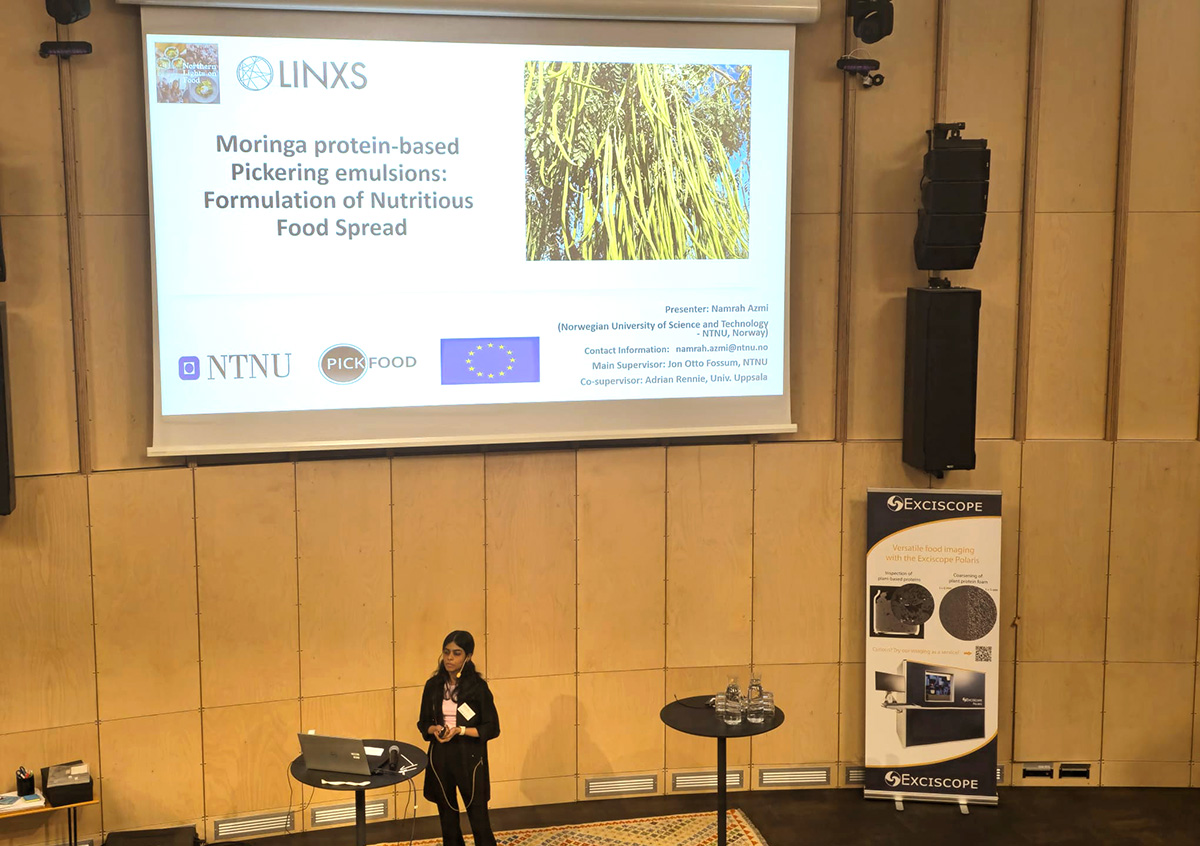 PICKFOOD PhD candidate at NTNU, Namrah Azmi, presented her research at the Northern Lights on Food conference at Lund University in Sweden.
She was also asked to comment of the NLF Conference.
Read her comment and get more information about the conference on LINXS (Institute of Advanced Neutron and X-ray Science) web page
PICKFOOD PhD candidate at NTNU, Namrah Azmi, presented her research at the Northern Lights on Food conference at Lund University in Sweden.
She was also asked to comment of the NLF Conference.
Read her comment and get more information about the conference on LINXS (Institute of Advanced Neutron and X-ray Science) web page
Publication – Transition of Liquid Drops on Microstructured HygrophobicSurfaces from the Impaled Wenzel State to the “Fakir”Cassie−Baxter State
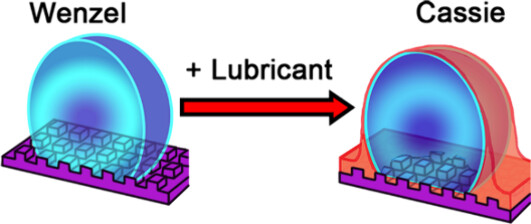 Low adhesion of liquids on solid surfaces can be achieved with protrusions thatminimize the contact area between the liquid and the solid. The wetting state where an aircushion forms under the drop is known as the Cassie−Baxter state. Surfaces where liquids formmacroscopic contact angles above 150° are called superhydrophobic and superhygrophobic, ifwe refer to water or any liquid, respectively. The Cassie state is desirable for applications, but it isusually unstable compared to the Wenzel state, where the drop is in direct contact with therough surface…
See the whole abstract and publication
Low adhesion of liquids on solid surfaces can be achieved with protrusions thatminimize the contact area between the liquid and the solid. The wetting state where an aircushion forms under the drop is known as the Cassie−Baxter state. Surfaces where liquids formmacroscopic contact angles above 150° are called superhydrophobic and superhygrophobic, ifwe refer to water or any liquid, respectively. The Cassie state is desirable for applications, but it isusually unstable compared to the Wenzel state, where the drop is in direct contact with therough surface…
See the whole abstract and publication
Publication – Numerical and experimental investigation of chaotic advection and diffusion mixing effects in 3D multihelical microfluidics for liposome synthesis
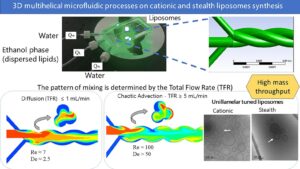 The recent advances in nanomaterials’ production by microfluidics with high throughput became critical for industry-scale production. Numerical simulation has been part of this development, allowing faster and more detailed study of the process that would be costly only experimentally…
More information about the publication and longer abstract
The recent advances in nanomaterials’ production by microfluidics with high throughput became critical for industry-scale production. Numerical simulation has been part of this development, allowing faster and more detailed study of the process that would be costly only experimentally…
More information about the publication and longer abstract
PICKFOOD participants attending the Food Colloids Conference, in Thessaloniki, Greece
Several PICKFOOD participants attended the 19th Food Colloids Conference, in Thessaloniki, Greece on 14–18 April, 2024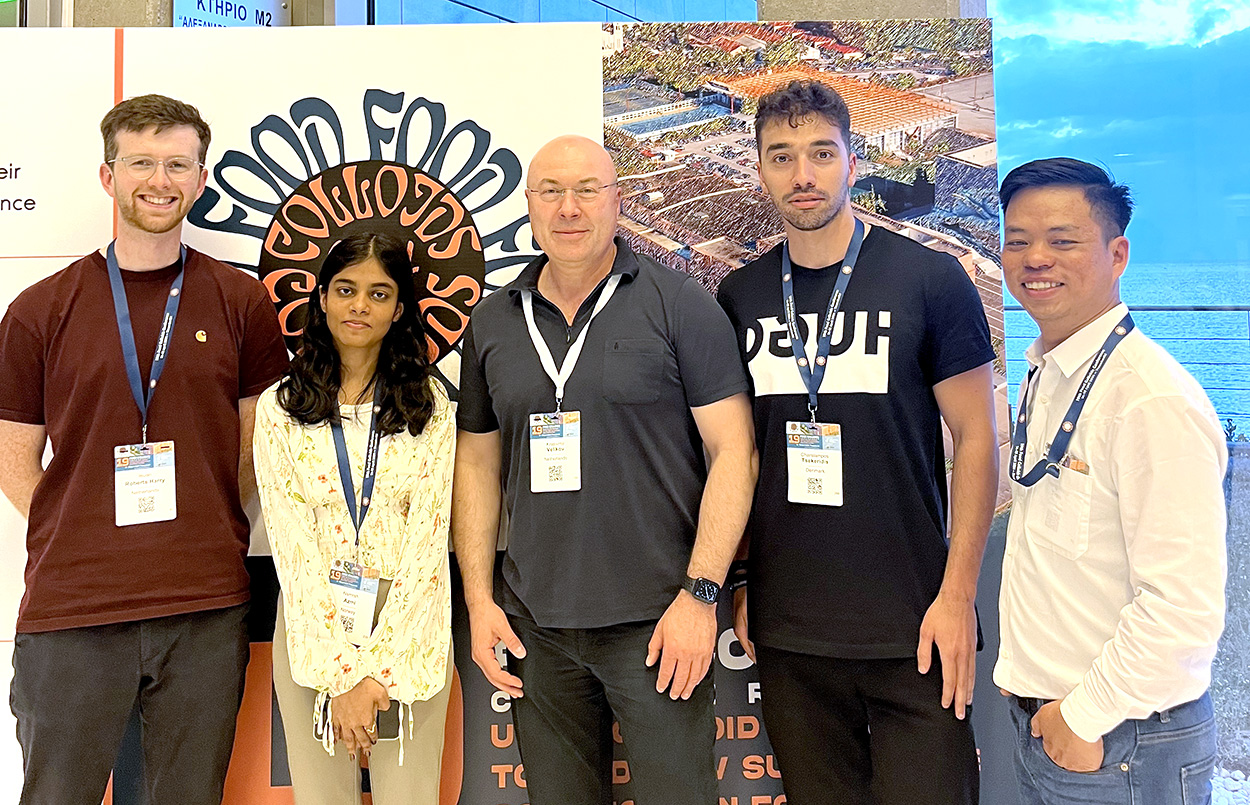
Cellulose Microfibre and potato protein in a double network, gel structure
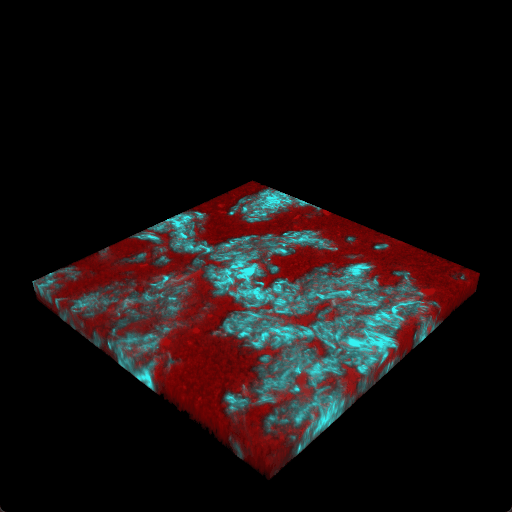
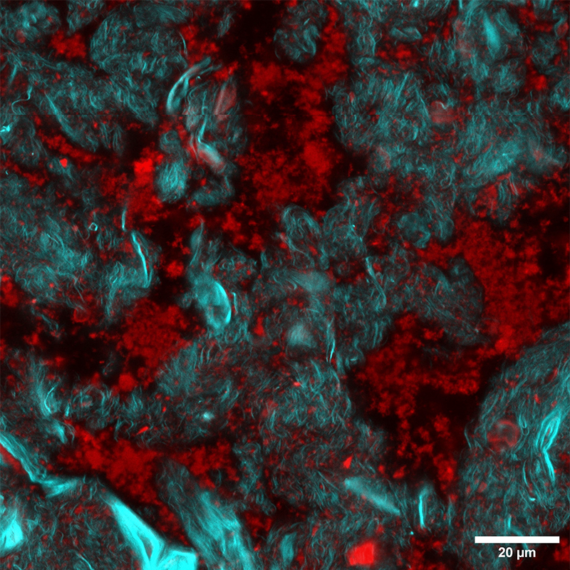 An animation and a still image of Cellulose Microfibre and potato protein in a double network, gel structure. The protein is depicted in red, and the fibre is depicted in cyan.
Ieuan Roberts-Harry, a Marie Curie PhD Research Scientist at the Unilever Foods Innovation Centre in the Netherlands, will be presenting a poster of this gel structure at the Food Colloids 2024 conference in Thessaloniki in Greece. The topic is Double gels made of interpenetrating networks.
An animation and a still image of Cellulose Microfibre and potato protein in a double network, gel structure. The protein is depicted in red, and the fibre is depicted in cyan.
Ieuan Roberts-Harry, a Marie Curie PhD Research Scientist at the Unilever Foods Innovation Centre in the Netherlands, will be presenting a poster of this gel structure at the Food Colloids 2024 conference in Thessaloniki in Greece. The topic is Double gels made of interpenetrating networks.
Publication – Pea protein [Pisum sativum] as stabilizer for oil/water emulsions
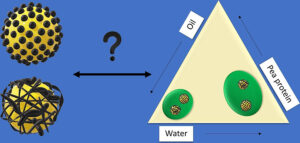 A map of stability for various water/oil/pea protein compositions has been plotted from the numerous reported results. Two clear regions of stability were identified. High internal oil phase emulsions with 70–80%, v/v oil content stabilized by total pea protein concentration <2.5%, w/v showed stability…
More information about the publication and longer abstract
A map of stability for various water/oil/pea protein compositions has been plotted from the numerous reported results. Two clear regions of stability were identified. High internal oil phase emulsions with 70–80%, v/v oil content stabilized by total pea protein concentration <2.5%, w/v showed stability…
More information about the publication and longer abstract
Publication – Influence of Nozzle Geometry and Scale-Up on Oil Droplet Breakup in the Atomization Step during Spray Drying of Emulsions
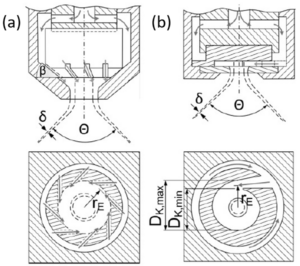 Spray drying of oil-in-water emulsions is a widespread encapsulation technique. The oil droplet size (ODS) significantly impacts encapsulation efficiency and other powder properties. The ODS is commonly set to a specific value during homogenization, assuming that it remains unchanged throughout the process, which is often inaccurate. This study investigated the impact of atomizer geometry and nozzle dimensions on oil droplet breakup during atomization using pressure-swirl atomizers…
More information about the publication and longer abstract
Spray drying of oil-in-water emulsions is a widespread encapsulation technique. The oil droplet size (ODS) significantly impacts encapsulation efficiency and other powder properties. The ODS is commonly set to a specific value during homogenization, assuming that it remains unchanged throughout the process, which is often inaccurate. This study investigated the impact of atomizer geometry and nozzle dimensions on oil droplet breakup during atomization using pressure-swirl atomizers…
More information about the publication and longer abstract
Publication – Naphthyl end-capped bithiophene film on plant-based polyamide-4,10
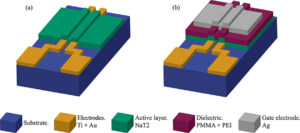 We report on a vacuum deposited 5,5’-bis(naphth-2-yl)-2,2’-bithiophene (NaT2) film on bio-based polyamide-4,10 (PA410) substrate. The substrate is moderately hydrophobic with dominant dispersive interactions…
More information about the publication and longer abstract
We report on a vacuum deposited 5,5’-bis(naphth-2-yl)-2,2’-bithiophene (NaT2) film on bio-based polyamide-4,10 (PA410) substrate. The substrate is moderately hydrophobic with dominant dispersive interactions…
More information about the publication and longer abstract
